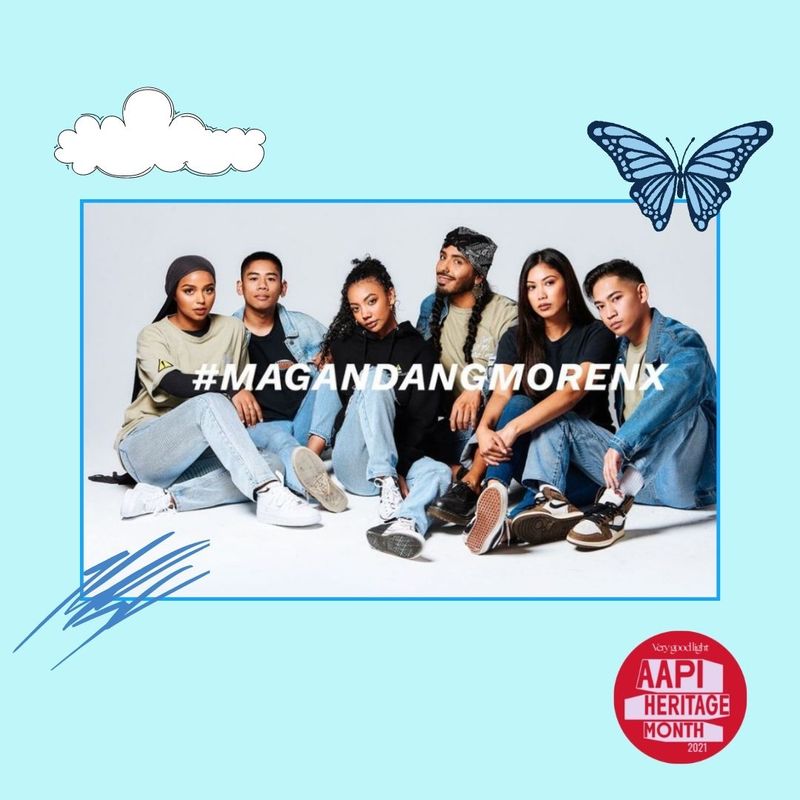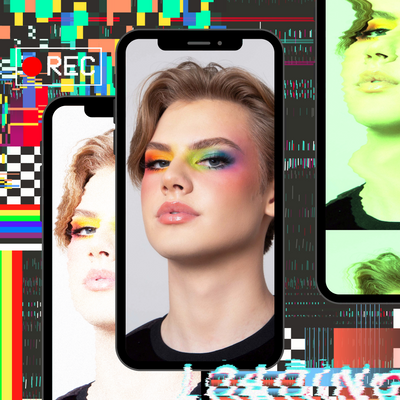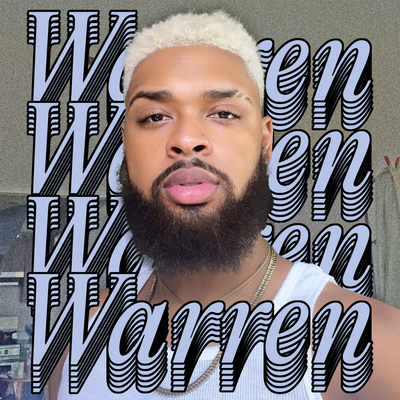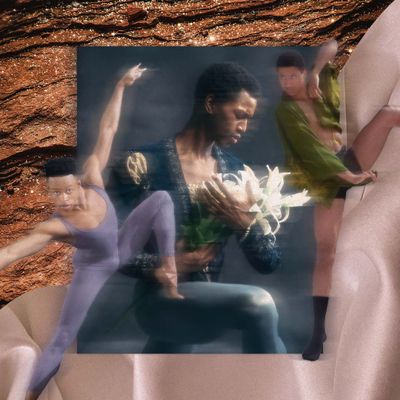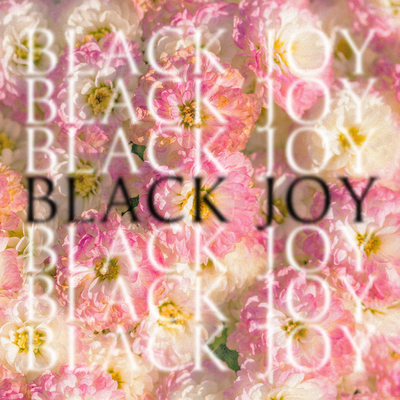When I first visited the Philippines at 15, my aunt asked me if I wanted to lighten my skin.
“It will make you more beautiful,” she said before explaining to me that the IV inserted in her arm would whiten her skin. I politely declined, feeling confused and uncomfortable at the suggestion. Why would my aunt want to lighten her naturally tan skin, and why didn’t she consider brown as beautiful enough?
Filipino obsession with whiteness
It wasn’t until I began learning more about Filipino history in my adulthood that I realized my aunt believed she was doing something beneficial. In the Philippines, it’s not uncommon to see advertisements for skin whitening products on TV or watch shows with brown-skinned actors playing maids or drivers. Although Filipinos have less than 5 percent European heritage, fair-skinned models are plastered all over billboards throughout Manila.
The obsession with whiteness dates back to more than four centuries ago when Spanish colonizers designated native brown-skinned Filipinos, or indios, as lower-class citizens and considered those who were white-skinned, known as peninsulares or mestizos, as upper class. Indios were made to idealize mestizos with the belief that lightening their complexion would ensure social mobility.
This internalized oppression vis a vis colorism has manifested itself through the popularity of skin whitening products among Filipinos. A recent World Health Organization report showed half the population in the Philippines uses some kind of skin whitening product, and drugstores dedicate entire sections for various creams, lotions, soaps, and even IV drips and pills that claim to give its users the sparkling white skin they desire.
Cultural impact
“One of the more impactful things Spanish colonialism established was the creation of a racial hierarchy. We’ve been socialized our entire lives to think that whiter skin is more attractive,” explained Dr. E.J.R. David, a psychology professor at the University of Alaska Anchorage. “We see it everywhere, skin whitening products being advertised on TV, celebrities endorsing these products, and even skin whitening clinics. Oppressive messages from our society eventually seep into us.”
The preference for white skin begins at an early age: Dr. David described how as a kid growing up in the Philippines, he was told not to spend too much time under the sun because his skin would get darker. But whiteness isn’t just about aesthetics, it’s also a way of escaping poverty in an impoverished country.
“What ends up happening a lot of the time is people use their hard-earned money for these treatments because of the economic benefits of being lighter-skinned,” he said, citing research that suggests lighter-skinned people are more likely to be hired or promoted at work. “So even folks who might not necessarily agree that being light-skinned is more beautiful nevertheless lighten their skin to live better.”
The Morenx movement
Young Filipinos are pushing back against colorism through the Morenx Movement, which seeks to amplify the voices of brown-skinned Pinoys using the hashtag #MagandangMorenx. Actress and content creator Asia Jackson, who is of Black and indigenous Filipino heritage, started the hashtag as a way to celebrate Filipino-American heritage month. The 24-year-old came up with the idea for the campaign after constantly revisiting her childhood experiences with discrimination while living in the Philippines.
“Anti-Blackness is so prevalent in Filpino culture. So I decided to create the hashtag #MagandangMorenx, which literally translates to ‘beautiful brown skin’ because I wanted to celebrate the diversity of Filipino beauty,” she said. “I don’t think that there’s one monolithic Filipino culture, it’s such a conglomeration of different ones. There are Black Filipinos, there are light-skinned Filipinos, there’s everyone in between. You’re just not seeing that celebrated in any type of Filipino media or even in western media.”
Asia recalled how she was bullied for her curly hair and how she and her brown classmates were teased for having darker skin. It wasn’t until she began auditioning for television and film roles that she realized the lack of Filipino representation in the mainstream, particularly for Black Filipinos. That’s when she decided to use her presence on Twitter and YouTube to become more vocal about her identity and bring more visibility to mixed Black Asians.
When #MagandangMorenx started in 2016, only 30 people posted under the hashtag – by 2017, more than 80,000 posts were shared across social media. The movement has inspired clothing brands that celebrate the spectrum of Filipino and multiracial beauty like Morena the Label and Asia’s “Morenx” clothing line, which she launched in 2019 with the help of Japanese American streetwear designer Michelle Hanabusa.
Five years since its inception, #MagandangMorenx is going strong on social media, where many Filipinos continue to share stories of how they learned to love the brown skin they’re in.
“When you go to the Philippines, you see all these skin whitening products, and it’s really easy to feel ashamed of who you are. But it’s important to recognize that these companies are making billions of dollars on your insecurities with color. One of the most rebellious things you can do is be comfortable in who you are and in your skin.”
Erasing colorism in the Filipino community
In 2019, Filipino American entrepreneur Anna Gabriela Casalme started her own non-profit organization and website, Novelly, to give young women of color a platform to share their experiences with discrimination. The 27-year-old described how a lot of the youths she works with, many of whom are Filpino, often share stories about colorism and how it has impacted their mental health.
“[Colorism] is very subtle but it’s related to this general idea that you as a person are not enough, and that you don’t matter,” she said. “It’s an insidious thing that follows you across your interactions, whether it’s overt or not.”
As young people, it can be intimidating to push back on intergenerational beliefs ingrained in us by our parents and grandparents in a culture where elders’ words go unchallenged. But the first step to erasing colorism in the Filipino community begins with a conversation, one that the Morenx Movement is trying to start.
“It’s been great to see [the Morenx Movement] pop up every year, because it’s making young people question ‘why did I have that preference for lighter skin?’ or ‘why did I regard darker skin folks as automatically less attractive?’” said Dr. David. “It’s intended to empower young people to be happy with their skin and to see beauty in it. It gives me hope that if we break the cycle with the younger generation, they won’t pass it onto the next.” - By Erica Davies

